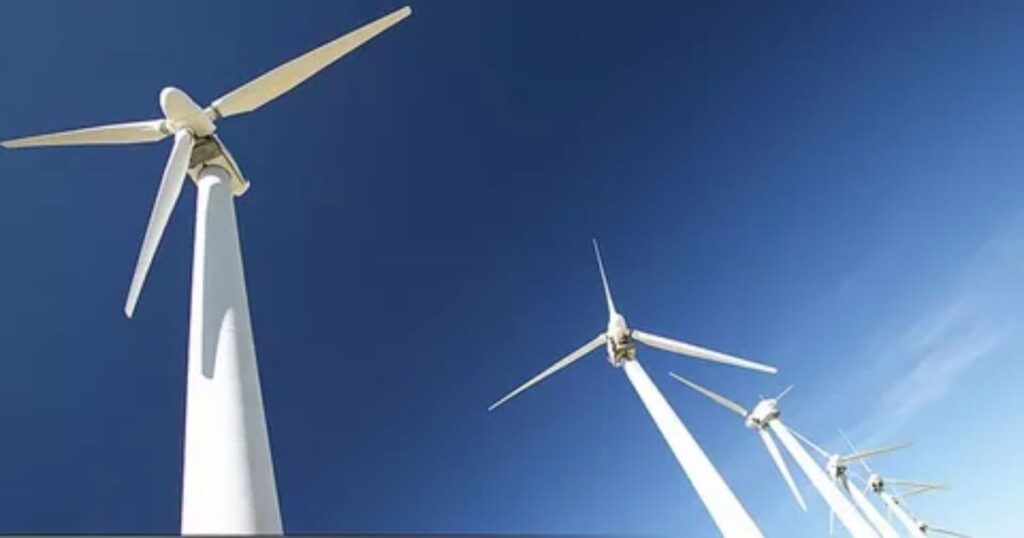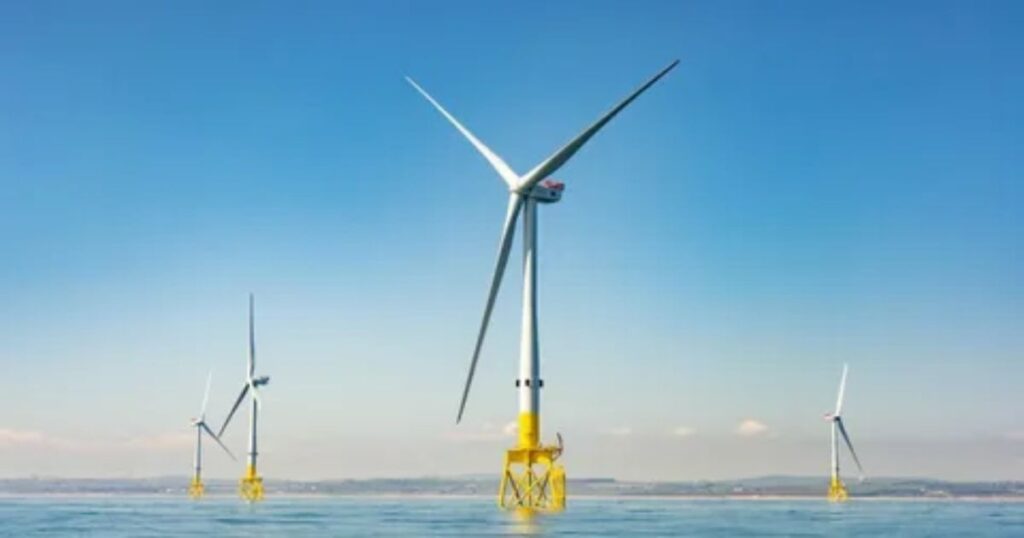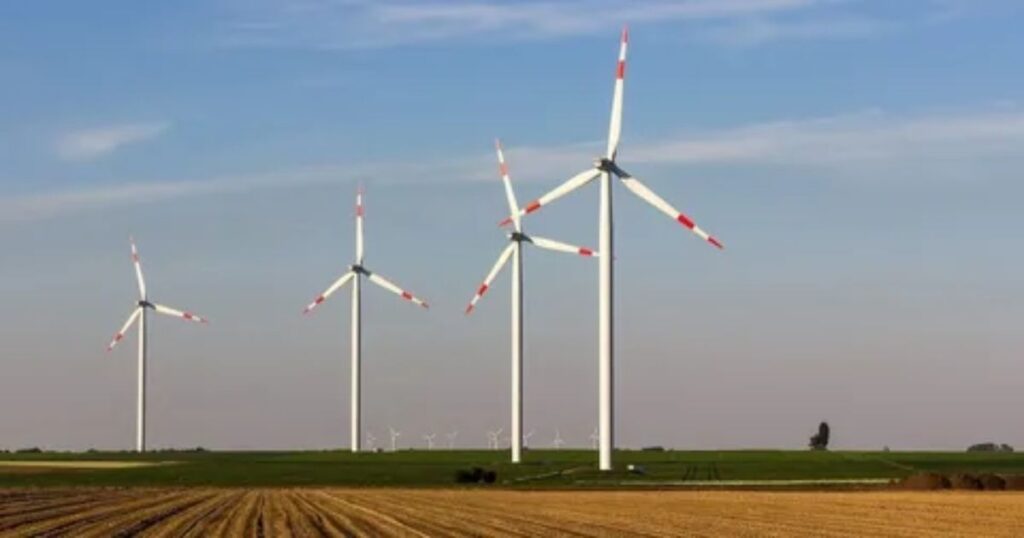The transition to renewable energy sources is becoming increasingly important as the world grapples with the effects of climate change. Among the various renewable energy sources, wind power stands out for its efficiency and sustainability. Financing wind power projects is a key component in making this transition possible. The benefits of wind power financing are numerous, ranging from economic growth to environmental sustainability. This article will explore these benefits in detail, focusing on how wind power financing can drive progress in the renewable energy sector.
Wind energy has become more financially viable over the past decade due to technological advancements and increased governmental support. The initial costs of wind power projects can be high, but they are often offset by long-term financial benefits. The reduction in operational costs, coupled with tax incentives and government subsidies, makes wind power an attractive investment. It offers stable returns over time, making it a low-risk option for investors.
Wind energy is a clean, renewable source of power that produces no greenhouse gas emissions during operation. By financing wind power projects, investors contribute to reducing the global carbon footprint. This environmental benefit can also translate into financial gains, as companies and investors increasingly seek to align their portfolios with sustainable practices.
Benefits Of Wind Power Financing
- Job Creation: Wind power projects create jobs across various sectors, from engineering to environmental science.
- Environmental Sustainability: Wind energy reduces carbon emissions and conserves water resources.
- Energy Independence: Wind power reduces reliance on imported fossil fuels, enhancing energy security.
- Cost-Effectiveness: Wind power offers long-term savings through low operating costs.
- Technological Innovation: Financing drives advancements in turbine technology and energy storage.
- Community Development: Wind farms stimulate local economies and support public services.
- Fossil Fuel Reduction: Financing wind power accelerates the transition away from fossil fuels.
- Policy Support: Aligns with government renewable energy and carbon reduction targets.
- Public Health: Improves air quality and reduces health risks associated with fossil fuels.
Economic Growth And Job Creation
The investment in wind power projects has a significant impact on economic growth and job creation. The development and maintenance of wind farms require a skilled workforce, leading to the creation of jobs in various sectors. It’s estimated that the wind energy sector could create millions of jobs globally, from engineers and technicians to project managers and environmental scientists. These jobs are often long-term, providing stability to local economies. In addition, the construction of wind farms stimulates local businesses, from suppliers of construction materials to service providers, thereby contributing to regional economic development.
Environmental Sustainability

One of the most significant benefits of wind power financing is its contribution to environmental sustainability. Wind energy is a clean, renewable source of power that does not produce greenhouse gases or other pollutants. By financing wind power projects, we can reduce our reliance on fossil fuels, which are major contributors to global warming and air pollution. The more wind farms are built and financed, the greater the reduction in carbon emissions, helping to mitigate the effects of climate change. This shift towards clean energy also conserves water resources, as wind power generation requires no water, unlike traditional power plants.
Energy Independence
Financing wind power projects can help countries achieve energy independence. Many nations rely heavily on imported fossil fuels to meet their energy needs, making them vulnerable to fluctuations in global energy prices and geopolitical tensions. By investing in wind energy, countries can reduce their dependence on foreign energy sources and increase their energy security. Wind is an abundant resource available in many parts of the world, and harnessing it can provide a stable and reliable energy supply. This independence not only strengthens national security but also supports long-term economic stability.
Cost-Effectiveness And Long-Term Savings
While the initial costs of wind power projects can be high, financing these projects offers significant long-term savings. Wind power has a low operating cost compared to fossil fuel-based power plants. Once a wind farm is operational, the cost of producing electricity is minimal, as wind is a free resource. Over time, the cost of wind energy continues to decrease due to technological advancements and economies of scale. These cost savings can be passed on to consumers, leading to lower energy bills. Moreover, the stable cost of wind energy shields consumers and businesses from the volatility of fossil fuel prices.
Technological Advancements And Innovation
The financing of wind power projects drives technological advancements and innovation in the renewable energy sector. Investments in wind energy spur research and development, leading to more efficient turbines, better storage solutions, and improved grid integration. These innovations make wind power more competitive with traditional energy sources and increase its adoption worldwide. Moreover, the advancements in wind energy technology often have spillover effects, benefiting other sectors such as aerospace, materials science, and environmental engineering. This continuous innovation not only enhances the efficiency of wind power but also contributes to overall technological progress.
Community Development And Local Investment

Wind power financing also plays a crucial role in community development and local investment. Many wind power projects are located in rural areas, where they can bring significant economic benefits. Local communities often receive payments for hosting wind farms, which can be used to fund public services, infrastructure, and other community projects. Additionally, the presence of a wind farm can attract further investment to the area, leading to the development of new businesses and the revitalization of local economies. This local investment not only benefits the community but also promotes social cohesion and a sense of shared purpose.
The Stability Of Wind Power Investments
Wind power investments are known for their stability and predictability. Unlike fossil fuels, which are subject to volatile market prices, wind power benefits from stable and predictable costs. The wind is a free and abundant resource, meaning that once a wind farm is operational, the ongoing costs are relatively low. This stability makes wind power an attractive option for investors seeking long-term, low-risk investments. wind power financing creates a favorable market for, offering investors a unique opportunity to participate in the transition to a low-carbon economy.
Reduction Of Fossil Fuel Dependence
The financing of wind power projects is essential in reducing global dependence on fossil fuels. Fossil fuels are not only finite but also environmentally damaging. As the world’s demand for energy continues to grow, the need to find sustainable alternatives becomes more pressing. Wind power provides a viable solution, as it is abundant, renewable, and produces no harmful emissions. By financing wind power projects, we can accelerate the transition away from fossil fuels and towards a more sustainable energy future. This shift is crucial for reducing greenhouse gas emissions and mitigating the impacts of climate change.
Supporting Government Policies And Goals
Governments around the world are increasingly setting ambitious targets for renewable energy adoption and carbon reduction. Financing wind power projects is a key strategy in achieving these goals. Many governments offer incentives, subsidies, and tax breaks to encourage investment in wind energy. These policies not only make wind power projects more financially viable but also help to create a favorable environment for their development. By aligning financial investments with government policies, wind power financing supports the achievement of national and international energy and climate targets. This synergy between public policy and private investment is crucial for driving large-scale adoption of renewable energy sources.
Public Health Benefits Of Wind Power

The transition to wind power through effective financing has significant public health benefits. Traditional energy sources like coal and oil produce pollutants that are harmful to human health, contributing to respiratory illnesses, cardiovascular diseases, and premature deaths. Wind power, on the other hand, generates clean energy without emitting harmful pollutants. By financing wind power projects, we can improve air quality and reduce the health risks associated with fossil fuel combustion. This shift not only saves lives but also reduces healthcare costs, leading to healthier communities and a more sustainable healthcare system.
Frequently Asked Questions
What is wind power financing?
Wind power financing refers to the funding and investment in the development, construction, and operation of wind energy projects. This can include sources of capital such as private investments, government subsidies, and loans from financial institutions.
How does wind power financing benefit the economy?
Wind power financing stimulates economic growth by creating jobs, supporting local businesses, and driving technological innovation. It also provides long-term savings through the reduction of energy costs and decreases reliance on volatile fossil fuel markets.
Is wind power financing environmentally friendly?
Yes, wind power financing is environmentally friendly because it supports the development of clean, renewable energy projects. Wind power does not produce greenhouse gases or pollutants, making it a key component in efforts to combat climate change.
What are the risks associated with wind power financing?
Risks in wind power financing can include high initial capital costs, potential delays in project development, and the variability of wind resources. However, these risks are often mitigated by technological advancements, government incentives, and long-term contracts.
Conclusion
The benefits of wind power financing are extensive, touching on economic growth, environmental sustainability, and public health. By supporting the development of wind energy, we can create jobs, reduce greenhouse gas emissions, and improve energy security. Moreover, the financing of wind power projects drives technological innovation and supports government policies aimed at reducing carbon emissions. As the world continues to shift towards renewable energy, the role of wind power financing will become increasingly important in ensuring a sustainable and prosperous future for all.
